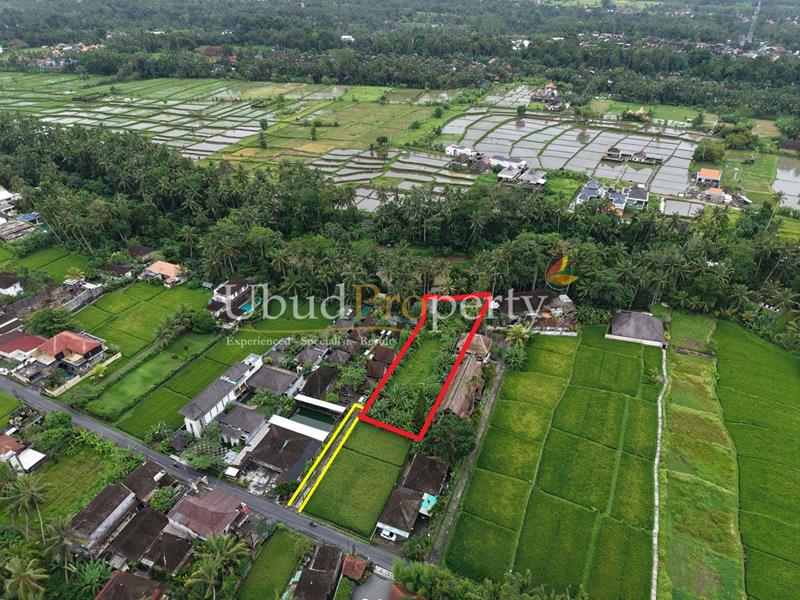Smart investment (2) – Determine your investment goal
06 Oktober 2014
By Dani Sulistyo – A property investor
If you dont know where are you going, you ill end up someplace else– Yogi Berra
In the previous edition, we have seen that # ONE in smart investment is managing greed. We learned how to manage greed in analyzing an opportunity, so that we can avoid emotional buying. We now know how to set our limit. In this edition, we will learn how to set our investment goal, so you can confident go ahead and end up where you want to be.
Being in property business for many years, I have experienced that most property investors don’t know what they do, because they have no clear concept. Those people will say my purpose of the purchase is investment, but they are often not sure what investment really means for them. Whether the property will be re-sold, or if they should build, if they like to rent out, or subdivide and sell those smaller blocks. Some investors even bought, because a friend who purchased a property talked them into doing the same. There was no plan, no direction.
Naturally, if from the beginning the reasoning for the purchase is not absolutely crystal clear, then these investors will become confused about what best to do with their property. If they planned to sell, maybe no one wants to buy at a price which gives at least returns the invested dollars. If renting out was the plan, but now the rental rate is too low because the property was built in a less than ideal location, then there is also trouble. Same, if the building was done, just to put the cash into something solid, like brick and mortar. In such case often there was no proper analysis done about what best to plan, where and how to build. What a pity, - the project is finished and even more confusion sets in, because the expectation, that somehow the price will go up and return a healthy profit, becomes a pipe dream. There are many such sad stories. What an un-necessary (and depressing) situation … Really, this does not need to become also your predicament !
You see, in the property business, there are only 2 types of major players, namely traders and pure investors. The difference is, that the trader will buy to sell again (look for a capital gain), while the pure investor buys for renting out and/or manage without aiming to sell (he is looking for cash flow). There are two main trader categories:
1. The Flipper. He buys for resale within a short time (under a year, ROI <50%), medium (less than 5 years, ROI <100%) and long (over five years, ROI> 100%). The location, size of the property, and the purchase price are critical here. Consequently, if you wish to purchase a property to be sold in a short period of time, you would ideally seek a small property like in Ubud center.
2. The Developer, purchases in order to re-sell again after adding the development value to the property. For example subdividing it into smaller blocks and providing an access road, building a villa and then sell this project. The main issue here, which you want to look at is the market demand. The mistake of a number of developers is, that they tend to make products according to their own taste and experience from home, not for the actual market.
Pure Investors buy to achieve a cash flow without selling their property. The success rate is calculated by percentage of ROI (return on investment). An example is buying a villa for US$ 200,000.-, then leasing it for US$ 20,000 / year. Here we come up with a ROI of 10% . (For simplicity we did not take minor running expenses, etc. into account). Naturally, the higher the ROI rate, the better the return on investment because the break even point comes up faster. The key to good investment is to set yourself minimum ROI standard and go through your object calculation with this reference in mind. Also, any decent ROI percentage needs to be above the going inflation rate.
FEATURE LISTINGS
U.660

- 1,295 Sqm
Tanah 12.95 Are di Dekat Pusat Ubud – Pemandangan Sawah, Hutan, & Sungai More Detail
IDR 9.712.500.000S.195

- 2,490 Sqm
This land with building really suits a café or luxurious villa in this strategic area More Detail
IDR 9.586.500.000
